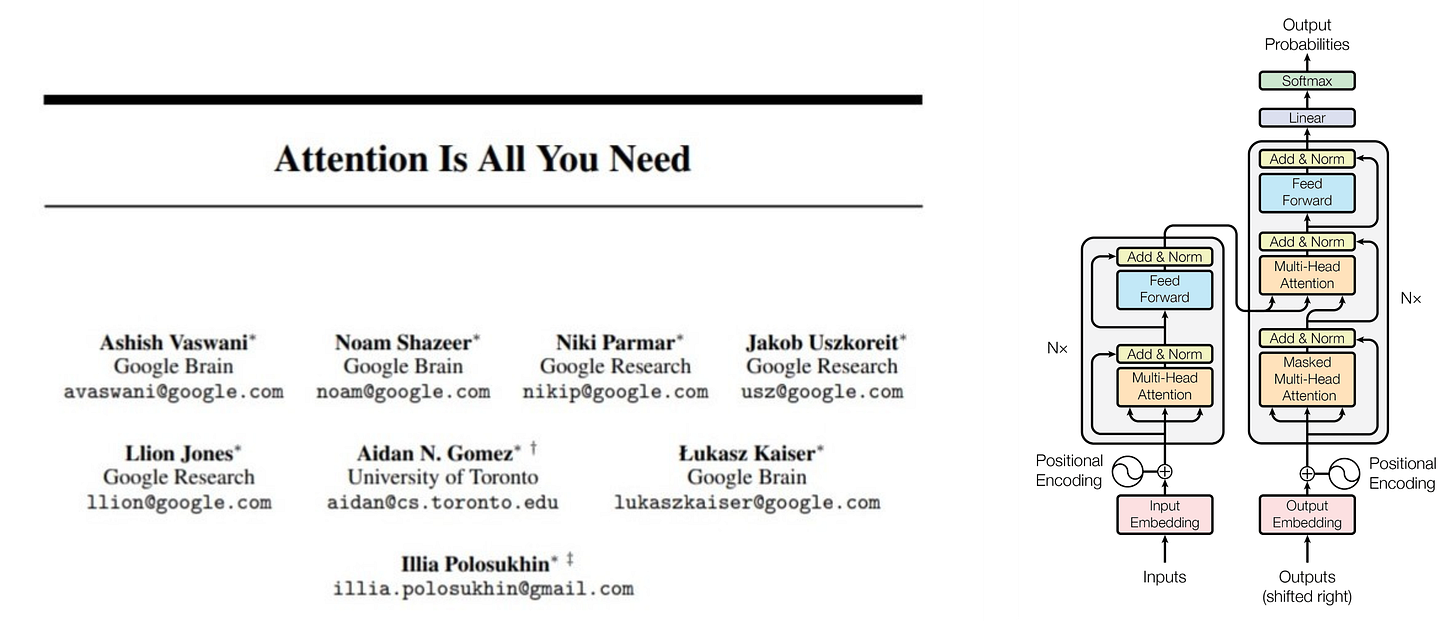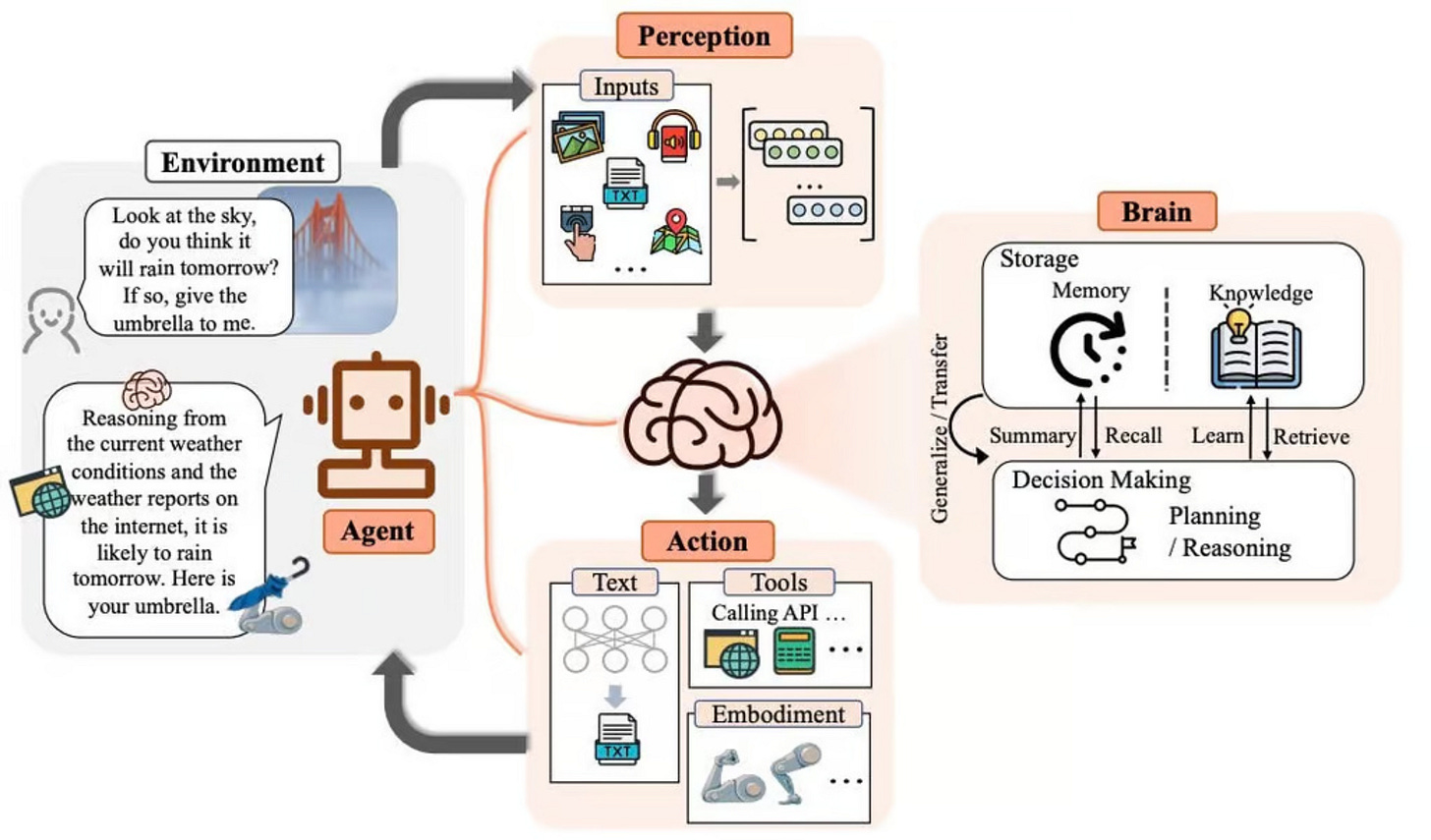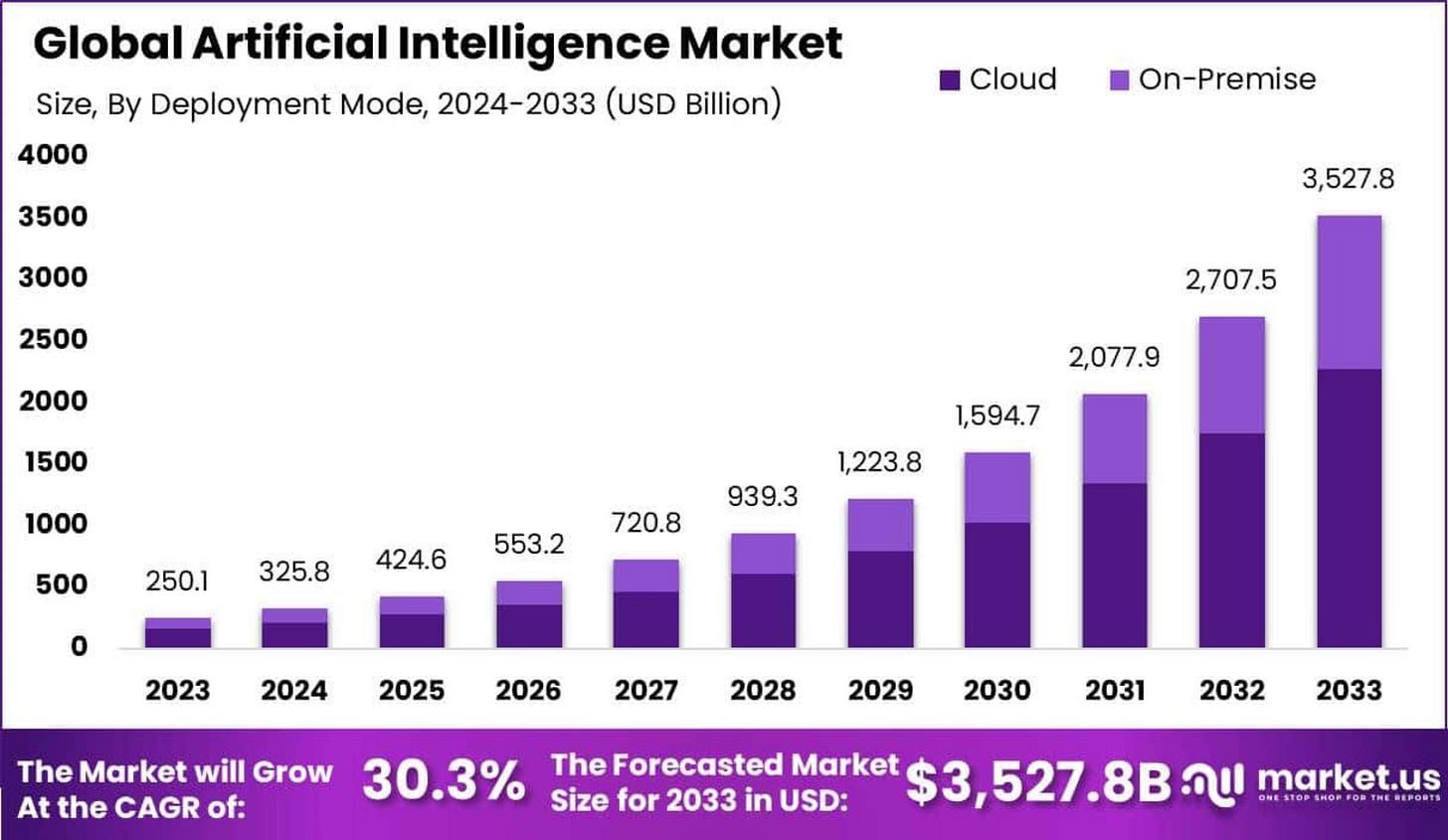Evolution, current trends and job opportunities in AI
From perceptrons to agents
If there is one thread that runs through the story of Artificial Intelligence and Machine Learning, it is this - the field has always oscillated between overhype and underestimation. But today, we are no longer debating if AI will impact the world. We are grappling with how fast, how deep, and how safely.
What was once a niche subfield of computer science is now reshaping industries, economies, and power structures. But this transformation did not happen overnight. It came in waves - each marked by technological breakthroughs, shifts in research focus, and new career frontiers.
Let us trace the evolution of AI/ML across four eras - before 2010, the Deep Learning decade (2010-2020), the Foundation Model boom (2020-2025), and a forward-looking glimpse into 2025-2030.
Part 1: Before 2010 - Laying the Foundations
Before deep learning captured headlines, AI was a fragmented field built on logic, statistics, and handcrafted features. Research lived in academia. Models were modest. Computing was a bottleneck.
What was happening
The early days were dominated by symbolic AI - expert systems that mimicked logic-driven decision making.
The 1980s saw the revival of neural networks with the backpropagation algorithm.
Through the 1990s and early 2000s, statistical learning took center stage - support vector machines, decision trees, ensemble methods like AdaBoost and Random Forests, and probabilistic models like Hidden Markov Models.
The bottleneck
The success of these models relied heavily on feature engineering. Without large datasets or powerful GPUs, models remained small and narrow in scope.
Research hotspots
Speech recognition with HMMs
Text classification using SVMs
Image processing using edge detectors and filters
Game AI using logic-based systems
Career landscape
Jobs were limited. A few academic labs, telecom giants, and niche R&D teams in places like IBM and Siemens drove most of the work. AI was not seen as commercially viable at scale.
Part 2: 2010-2020 - The Deep Learning Revolution
2012 was a tipping point. AlexNet, a deep convolutional neural network, beat all prior records on the ImageNet competition. That single result opened the floodgates.
What changed
Data became abundant.
GPUs made large-scale training feasible.
Neural networks, previously considered untrainable, began to outperform traditional methods by orders of magnitude.
Research hotspots
Image and video classification
Machine translation and language modeling
Generative modeling
Robotics and control using RL
Industry inflection
Tech giants built massive AI teams. Facebook, Google, Microsoft, Amazon, and Baidu began publishing top-tier research. AI moved from labs to products - Google Translate, Siri, Alexa, recommendation systems, fraud detection, and more.
Career boom
This was the golden decade for "Data Scientists". Every enterprise wanted one. New job titles emerged - Deep Learning Engineer, AI Researcher, ML Engineer. MOOCs like Coursera and Udacity made AI education accessible to millions.
Part 3: 2020-2025 - The Era of Foundation Models
In 2020, OpenAI released GPT-3. With 175 billion parameters, it could write, reason, translate, and even code. But more importantly, it introduced a new paradigm - scale is all you need.
What changed
Pretraining on massive datasets followed by lightweight fine-tuning became the new norm.
Transformers became the dominant architecture across modalities - text, vision, code, and audio.
The rise of open-source models - LLaMA, Falcon, Mistral - democratized access
Research focus
Alignment and safety of large models
Memory and long-context understanding
Multimodal grounding - connecting text, images, and actions
AI as agents - systems that plan, reason, and use tools
Real-world impact
AI systems began writing legal memos, generating medical reports, debugging code, and designing graphics. Enterprises explored domain-specific LLMs. Startups pivoted to AI copilots, assistants, and automation layers.
Career trends
The Data Scientist title evolved. Now in demand were:
Prompt engineers
RAG system architects
Multimodal developers
AI integration engineers
AI safety and compliance experts
Part 4: 2025-2030 - The Next Frontier
We are entering a decade where AI will no longer be confined to predictions or generation. It will become autonomous - acting, adapting, and evolving.
Where we are headed
Autonomous agents: Multi-step reasoning agents that use APIs, browse web, run scripts, and make decisions.
Specialized LLMs: Domain-specific copilots in law, medicine, engineering, and finance.
Multimodal cognition: Unified systems that combine vision, text, speech, motion, and environment.
AI x X: The fusion of AI with biology, chemistry, physics, and humanities.
Privacy and edge AI: Models running on devices, not servers.
Causal reasoning and simulation: From correlation to understanding cause and effect.
Likely breakthroughs
Memory-based LLMs with persistent knowledge
Self-reflective and goal-conditioned models
Quantum-enhanced ML for specific tasks
Massively parallel agent ecosystems
Career landscape
The most valuable professionals will be:
AI system designers - people who can integrate models into workflows
AI + X experts - those who combine domain depth with ML fluency
Alignment researchers - ensuring AI systems are robust, interpretable, and safe
Human-AI collaboration architects - making tools that augment rather than replace
Agents engineers - building autonomous systems that act and adapt
Final Thoughts
AI is no longer a vertical. It is becoming a horizontal layer across industries. We have moved from writing if-else rules to creating systems that write, reason, and learn on their own.
If you are an aspiring professional, this is not the time to chase buzzwords. It is the time to build foundations, understand the why behind the models, and follow the trajectory of the field.
Because the next decade will not be just about training larger models. It will be about designing intelligent systems that can work with us, for us, and sometimes even ahead of us.
Full lecture video
Interested in AI/ML foundations?
Check this out: https://vizuara.ai/self-paced-courses
















